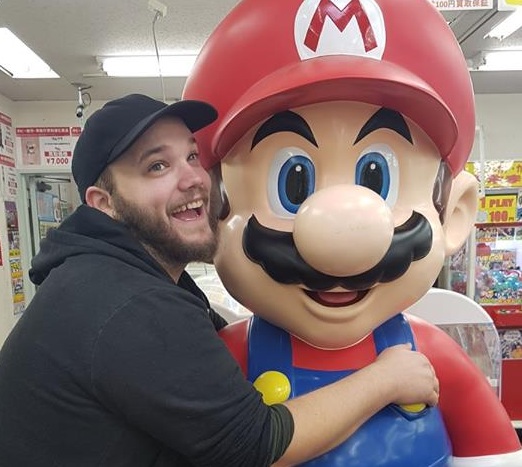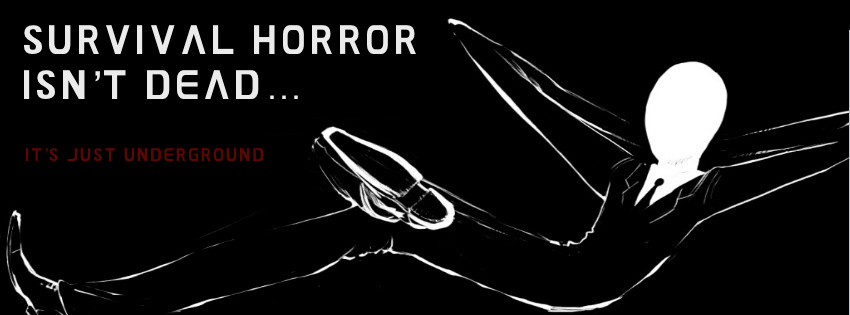
I work in shifts and, as anyone who works in shifts can tell you, working in shifts is the absolute worst for sleeping patterns. So as I sat here at 3AM, in the throes of insomnia, I looked to video games, my cherished past time, to soothe me. In my infinite wisdom, however, I chose to play one of my recent acquisitions in the Steam Halloween sale and that’s how I learned to fear “Slender: The Arrival” (developed and published by Blue Isle Studios). Survival-horror, indeed horror in general, is all about atmosphere, and how it can be used against you: sights, sounds, lighting, tentacled monsters that spring from the trees to do unspeakable things to your soon-to-be corpse; Slender: TA knows how to control all of these elements to create a symphony of terror, and it does it without a multi-million dollar budget. So why is it that indie developers seem to be the only ones pumping out these games that can turn otherwise reasonable adults into quivering piles of tears who have to explain to their spouses why the bed is strangely wet?
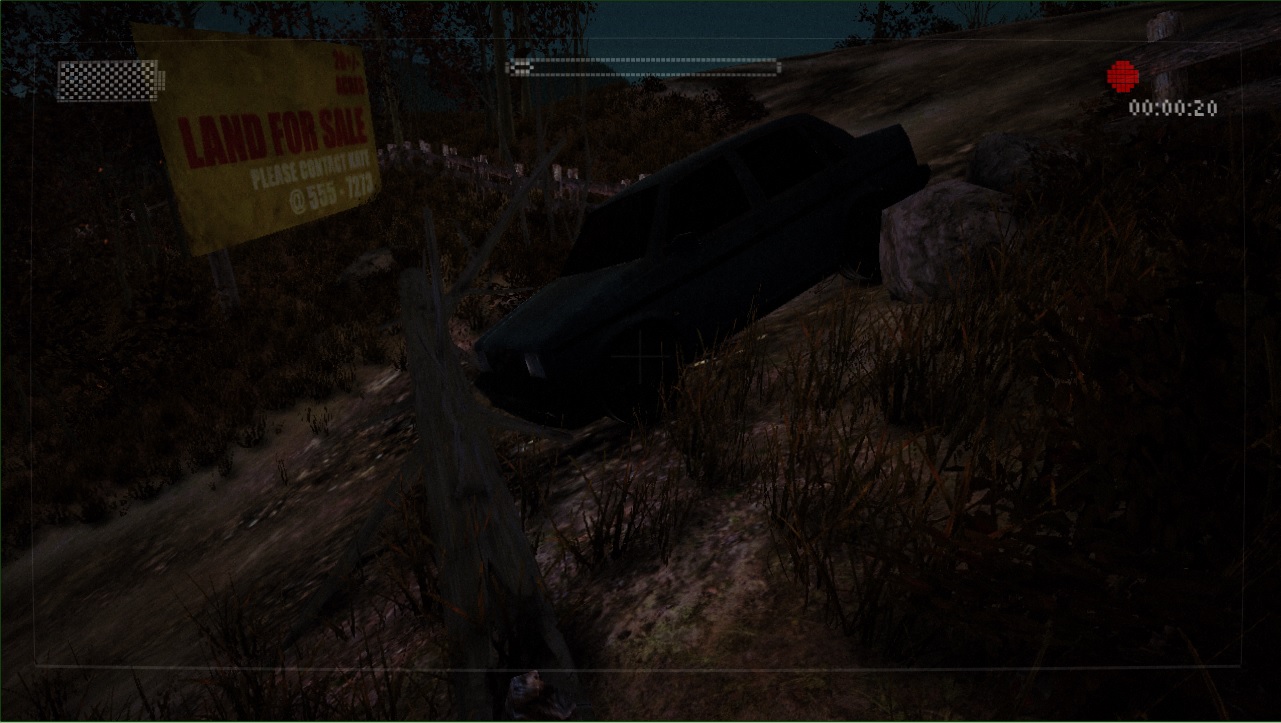
Well, for starters, story progression in horror games generally doesn’t follow the stereotypical monomyth, especially in survival-horror. Beating the baddies, collecting the treasure, rescuing the girl and tripping off into the sunset don’t quite cut it when you’re trying to make your audience void their bowels. It’s much more likely that the villain will melt the treasure onto the girl to torture her while taunting you about a dark secret from your past, as you contemplate the thought that you might never see a sunset again. Most modern games, however, are all about empowering the player, either right from the start or over time, and that empowerment is a driving force that the gaming industry relies on. Their goal is to create an addicting sense of achievement by allowing players to conquer that impossible feat, in that insurmountable place, with the angry and easy-to-hate bad guys; this is all in the hope that players will keep coming back to it, and the ten planned sequels. It’s difficult to keep someone playing when every single image and event on the screen causes your very soul to whimper in terror; difficult, yes, but not impossible, and this is something that big-budget “horror” games have yet to work out.

While Slender: TA allowed my mind to fill in the ominous gaps with my own frightened imagination, its big-budget counterparts are still relying on monsters suddenly popping out of shadows to deliver the scares, with Dead Space, for example, being one of the biggest offenders. Using it once might be forgivable, but triple-A games have cemented the idea for themselves (at least by the end of this current generation) that this is the only kind of horror that can be used in horror games. They’re pulling the same tricks that children use on one another, and expect us to applaud because the monsters have “incredible visual appeal”. There was one particular moment where I left the house to explore the surrounding area, and returned to find the radio on when I had left it off. Up to this point I had been in total isolation, not encountering any other character, and to have this subtle change let me know I wasn’t alone in the game world was enough to send a chill down my spine. By the time I stopped, I was in desperate want for something, anything, to pop out and say “boo”, reinforcing the idea that the unknown really is scarier than the known. Then I stumbled into something that made me alt-F4 faster than a teenager caught with porn streaming on the family computer.
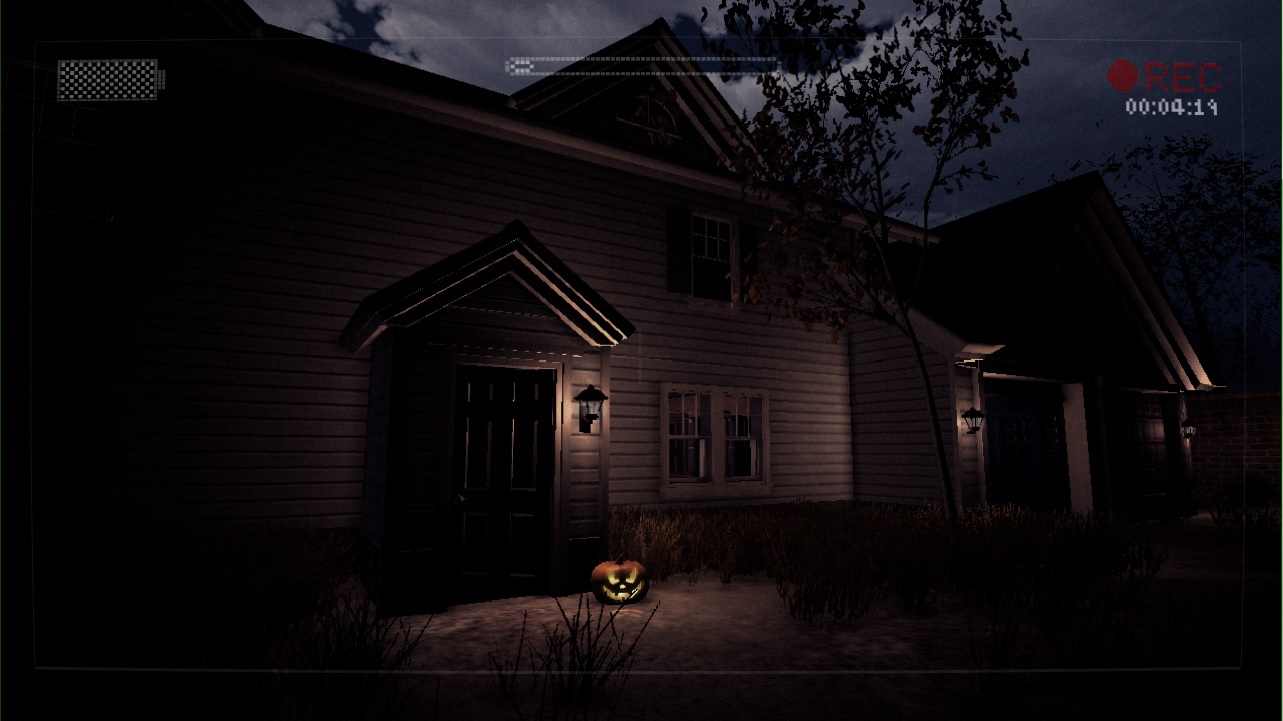
A change in story archetypes and atmosphere means that It changes the way a developer approaches the design of a game and the mechanics that they use to help the player feel immersed. These games are about creating a sense of power, then divorcing you from it, placing it in the hands (claws/tentacles/scaly, knobbly bits) of unknown forces in dark corners. Then it hands over an objective, steeped in blood-curdling mystery, and looks at you expectantly before telling you to “hop to it”. Even those fleeting moments where you begin to feel comfortable is when you should worry the most because it usually means the game is winding up to give you a colossal kick in the balls. Quite often you aren’t equipped in a horror game, and if you are it’s usually lacking in comparison to whichever nemesis is lurking around the game. The idea is to emphasise the fact that you’re always vulnerable, and nothing says “vulnerable” like being under constant threat of attack, at any moment, from something you have no ability to stop. There are plenty of examples from big-budget titles (such as Resident Evil 6, any of the Dead Space games, and Pikmin) that detract from the fear they try to inspire by giving you more weapons than you know what to do with and, inexplicably, the knowledge on how to use them regardless of occupation. It’s hard to feel scared when you’re a walking death machine.

What’s interesting is that the latest titles in “traditional” horror have generally met with disapproval from fans because of the interjection of these out of place mechanics and methods, not necessarily because it ruins the point of “survival” horror but because it just makes the experience boring. Take the fear out of the equation and you have a mediocre shooter at best and more boring version of Dear Esther at worst, making the gaming industry publishers’ motivations unclear. Are they convinced that this is something that we want, even though the ratings would suggest otherwise? Or have recent trends in the way publishers, and retailers, do business with their audience caused them to believe that they can simply tell us what we like, and expect us to accept it? Whatever their reasoning, the normally “underdog” indie development scene is, at least in this one aspect, showing their high-profile publisher counterparts how it’s done. It’s not alone either, as other indie games that have sought to resurrect the seemingly dying genre, like Outlast or the Amnesia series, have also met with equally impressive reception by critics and gamers alike. Clearly there are enough fans of the genre to make games successful, even competitive, in the same way as we regard some recent “triple-A” releases as successful.
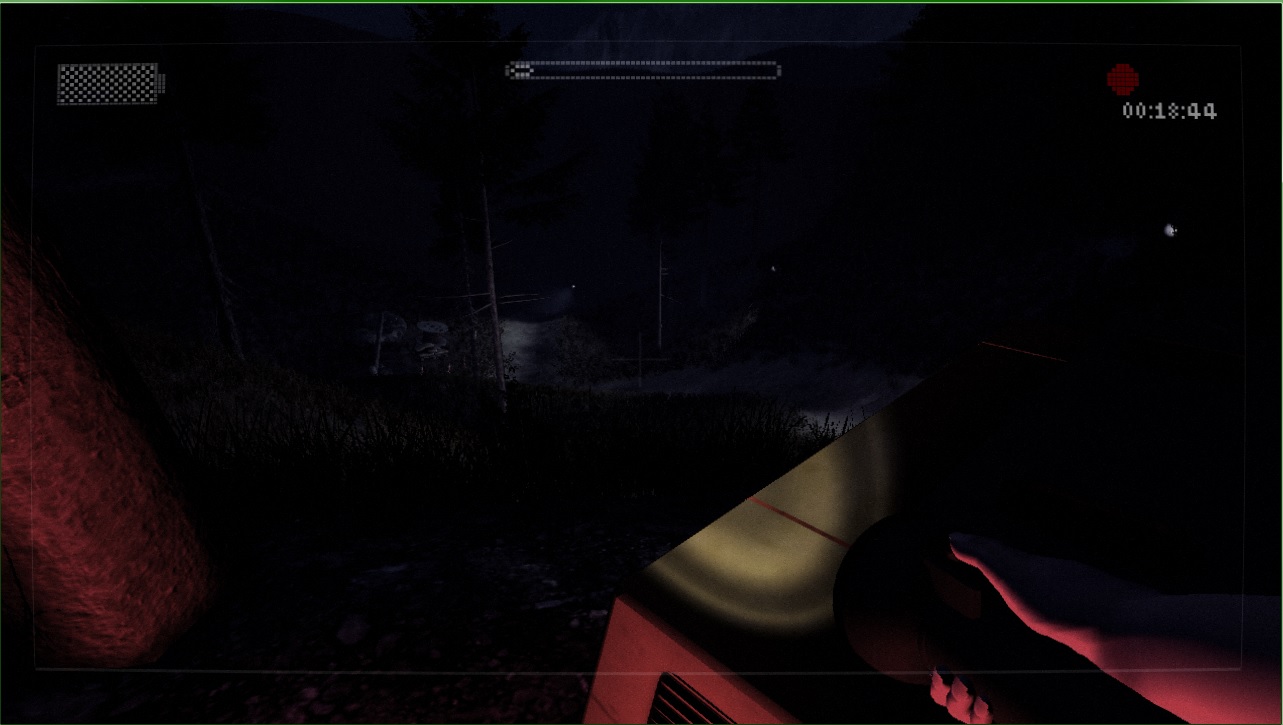
The ironic thing about Slender: The Arrival is that it’s not even an original concept. Admittedly, the characters and mythos behind it are unique in their creativeness, but the gameplay used to execute it is far from original and can be likened to many other games, both peers and predecessors. If big budget games kept to the true nature of horror, weaving the sorts of stories that are found in games we now call classics; such as the early Resident Evils, Silent Hill 2, and System Shock 2; Slender: TA may have been just another competent, though unremarkable, example of the genre. As it stands, however, the fact that it’s a struggling breed makes it an unusual experience for most gamers, and since it’s been executed so well, it stands as one of the great games to have come out of the current generation. And so, it raises the question: Will the “industry leading” publishers exhume the corpse of survival horror to breathe new unlife into it, or will they leave it down there for the indies to feed on?

